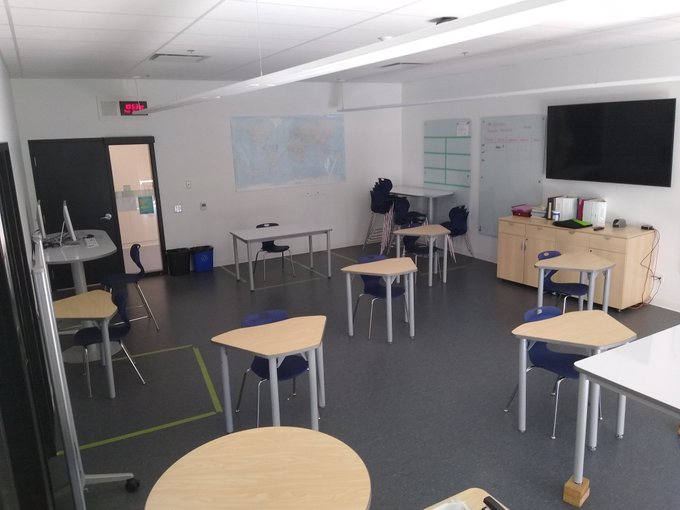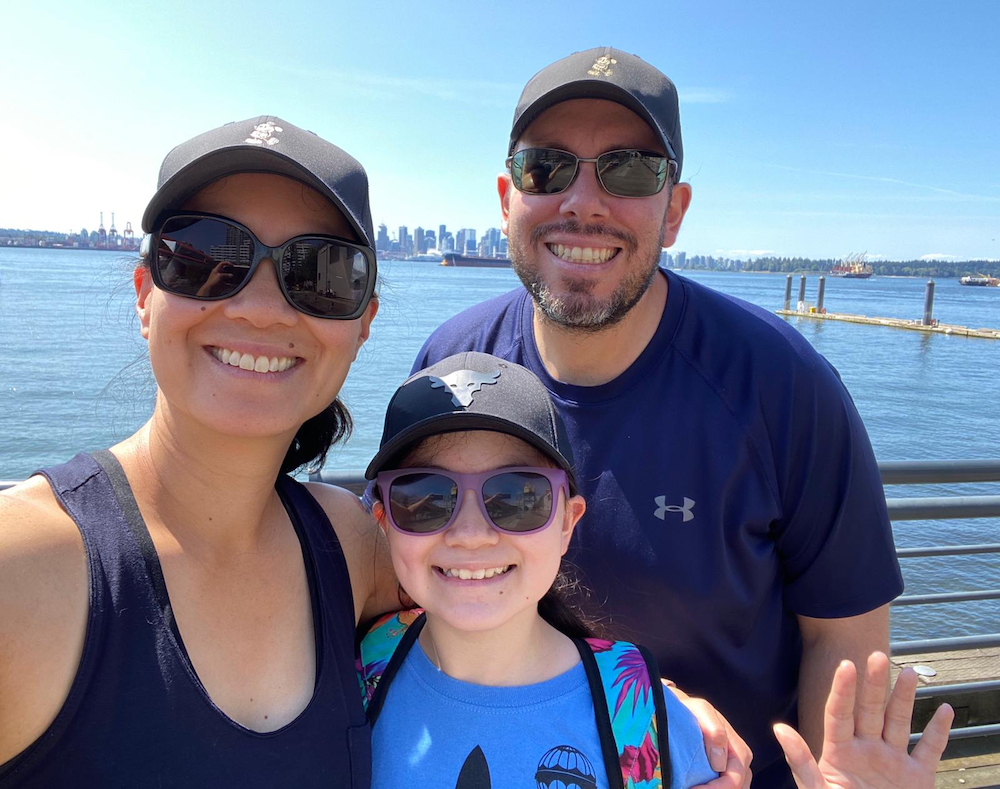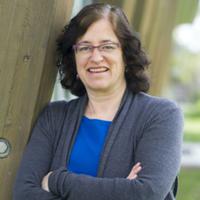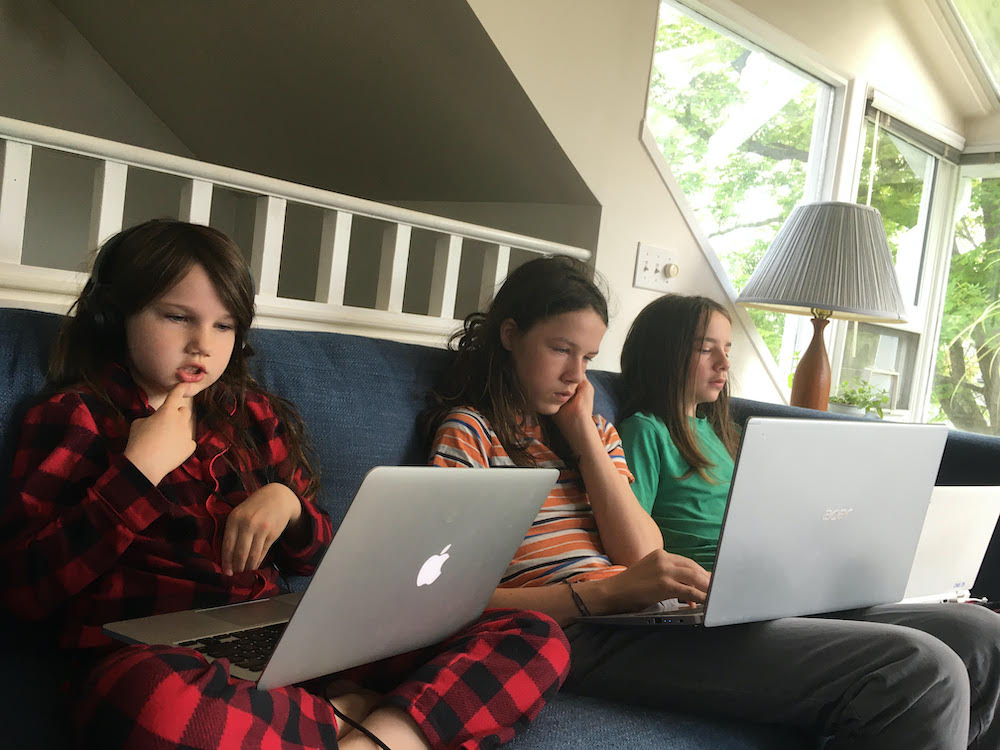North Delta mom Carly Illes won’t be sending her two children back to school this fall — at least not unless British Columbia’s plan for full-time, in-person learning changes.
Illes, whose oldest son is in Grade 5 and whose youngest son is starting kindergarten, lives with her parents who are in their late sixties. Her mom has asthma and high blood pressure, and both of her kids used asthma inhalers last winter.
The reopening plan is just too risky for her family, because so many children will be sharing the same spaces, physical distancing will be difficult and masks are not required, she says.
“This plan goes against everything we have been told from the start of the pandemic,” Illes said. “It would appear the plan is strictly about managing outbreaks, not preventing them.”
Illes is not alone. Parents across B.C. are anxious about sending their children back to school in the fall, after months of being told to keep their bubbles small and minimize their social interactions.
More than 26,000 people have signed a Change.org petition calling on the B.C. government to offer families the option of online learning in the fall, something that is being offered in Ontario and many other places throughout North America.
Around the world, school authorities are wrestling with how to handle education for the upcoming school year. In the United States, where the virus is raging with more than five million total cases, New York City is the only major school district to offer in-person school this fall, but even that will be a hybrid with students in class only one to three days each week, the New York Times reported. Washington state Governor Jay Inslee strongly recommends that school districts use distance learning.
BC’s plan includes full-time, in-person learning
B.C. has successfully flattened its pandemic curve, and we have had nowhere near the levels of cases found in Washington state or even in other parts of Canada.
The province’s plan to restart schools calls for all students to attend in-person on a full-time basis. Class sizes will not be changed, but students will be in learning groups of up to 60 students for elementary schools and 120 students for secondary schools. Those groupings will aim to limit the number of people students interact with at school and make contact tracing or changing gears in the event of an outbreak easier. If cases surge, learning could move back to online, or schools could close again.
Some large, densely-populated secondary schools may not be able to create these learning groups, so they may offer a combination of online and in-person learning, the ministry said.
Dr. Bonnie Henry, B.C.’s provincial health officer, says the back-to-school plan balances the need to keep students and teachers safe from COVID-19 while recognizing the harms that come from keeping schools closed.
Physical distancing will be used as much as possible and masks should be worn when necessary, she says. But she won’t mandate masks, and class sizes will be the same as before the pandemic, something teachers and parents say makes physical distancing impossible.
“School is such an important environment for our children. It’s something that we need to find a way to make happen,” Henry said. “We know that some children will fall behind, and they will never catch up and this will affect them for the rest of their lives. It is that important for us to be able to have school, manage school, despite having a pandemic.”
Children do not tend to get seriously ill with COVID-19, but the science is still out on their role in spreading the disease. Some studies have found older children spread the disease as much as adults, but other studies contradict that.
In B.C., about six per cent of COVID-19 cases have been in people younger than 19, but that percentage has been rising over the summer.
When cases for only the past two weeks are considered, people younger than 19 account for 13.7 per cent of all cases in B.C.
Ministry, teachers at odds over physical distancing, masks
Education Minister Rob Fleming was not available for an interview for this story.
But in a statement, the ministry said some schools may need to reconfigure classrooms to allow more distance between students and adults, and that middle and secondary schools should make sure students’ desks are not facing each other.
Non-medical masks will be provided upon request for older students and staff, for times that they are interacting outside of their learning group and cannot maintain physical distance.
BC Teachers’ Federation president Teri Mooring says the plan needs more work. In particular, she says the cohort model — the learning groups — and the proposal to have secondary students attend full time were both brought up just a day or two before the public announcement of the plan and there wasn’t enough time for meaningful consultation or input from teachers.
Physical distancing will be impossible in classrooms with 30 students, Mooring said.
“There is no space in schools. We have schools that are overcrowded, we have portables. That’s the reality of our schools right now. There is no way,” Mooring said.
She would also like to see a recommendation for masks in schools.
“This is absolutely not BCTF questioning Dr. Bonnie Henry,” Mooring said. “What our members hear… is that they need to wear a mask when they can’t physically distance. When it’s different in schools, it becomes very confusing.”

Langley teacher Rob Erickson has been teaching summer school at R.E. Mountain Secondary in a hybrid model. Students book a space in advance when they are planning to come into the school, but teachers also provide support online. His classroom is limited to seven students at a time and the desks are socially distanced.
But in September, the same classroom may have to accommodate 30 students.
The return-to-school plan doesn’t seem to fit with the message to keep personal bubbles small and wear masks when you can’t physical distance, Erickson says.
“That doesn’t jive with the messaging you’ve been given. It doesn’t seem to match with what the science is saying,” Erickson said.
Parents left with few choices
Parents, like Illes, who do not want their child to go to school in person have the option of home-schooling or distributed learning — online classes, but not connected to a neighbourhood school.
Children with complex medical conditions or underlying risk factors should consult with their doctor, the return to school plan says.
Space in distributed learning programs is limited, and every program Illes has contacted is full. She’s also worried that she will lose her place in her neighbourhood school if she withdraws her children for the year.
“Cutting ties with our school feels wrong and scary. We live in a highly desired catchment area,” Illes said. “Those of us not feeling safe enough to return to school have really been left with little to no options. [That] sure doesn’t seem fair or equitable to our kids.”

Ladner dad Terry Kaplan also feels like he has no choice but to send his nine-year-old daughter Ella back to school in September, but he would prefer to have the option of sending her only part-time, as was offered in June.
“We want her to go back for the educational aspect, but also for the social aspect,” Kaplan said. “She hasn’t seen her friends in months.”
Kaplan’s wife is a teacher and the couple didn’t send Ella to school in June because it was only for a few weeks. He says Ella is anxious about going back, particularly since the family has been careful about keeping their bubble small.
Under a hybrid learning system, with some of the education online, Kaplan said teachers who are immunocompromised could be tasked with teaching kids while they are at home.
“To me, that would’ve been an ideal situation,” he said.
School startup could be delayed
Mooring would like to see the start of the school year delayed, with teachers starting as they always do on the Tuesday after Labour Day, but children starting later. This would give an opportunity for teachers to have health and safety training and to collaborate and plan for the changes in schools.
The BC Principals’ & Vice-Principals’ Association backs the teachers’ request, saying planning for school startup, especially under a new model, is complex, takes time and needs to be communicated right.
Premier John Horgan said Thursday that the plans are flexible.
“I’m as confident as I can be, based on the information that I have today, that every effort to get this right is being made,” Horgan said. “I want parents to know that we would not be putting their children at risk if we thought there was an overwhelming risk.”
“If there is new information as the summer progresses as we get into the first days or weeks of the school year, we will amend and adapt.”
Victoria parent Marita Dachsel, a university instructor and mother of three kids, aged 8, 12 and 14, is hoping the plan will evolve before September.
For her, there are two red flags — that the cohorts can interact outside of class and that teachers on call (substitutes) may be able to move from school to school, as health-care workers did in long-term care homes before B.C. restricted that.
Since COVID-19 started, her family has interacted only with about seven other families, including her mom and her husband’s dad and one playmate for each of her kids. She’s concerned that when school starts, with three kids, they will be exposed to as many as 240 other families at school.
She’s going to wait and see the individual plans produced by the schools, before making a decision.
“I think a lot will happen over the next couple of weeks,” she says. “I just want more information.” ![]()
Read more: Education, Coronavirus
















Tyee Commenting Guidelines
Comments that violate guidelines risk being deleted, and violations may result in a temporary or permanent user ban. Maintain the spirit of good conversation to stay in the discussion.
*Please note The Tyee is not a forum for spreading misinformation about COVID-19, denying its existence or minimizing its risk to public health.
Do:
Do not: